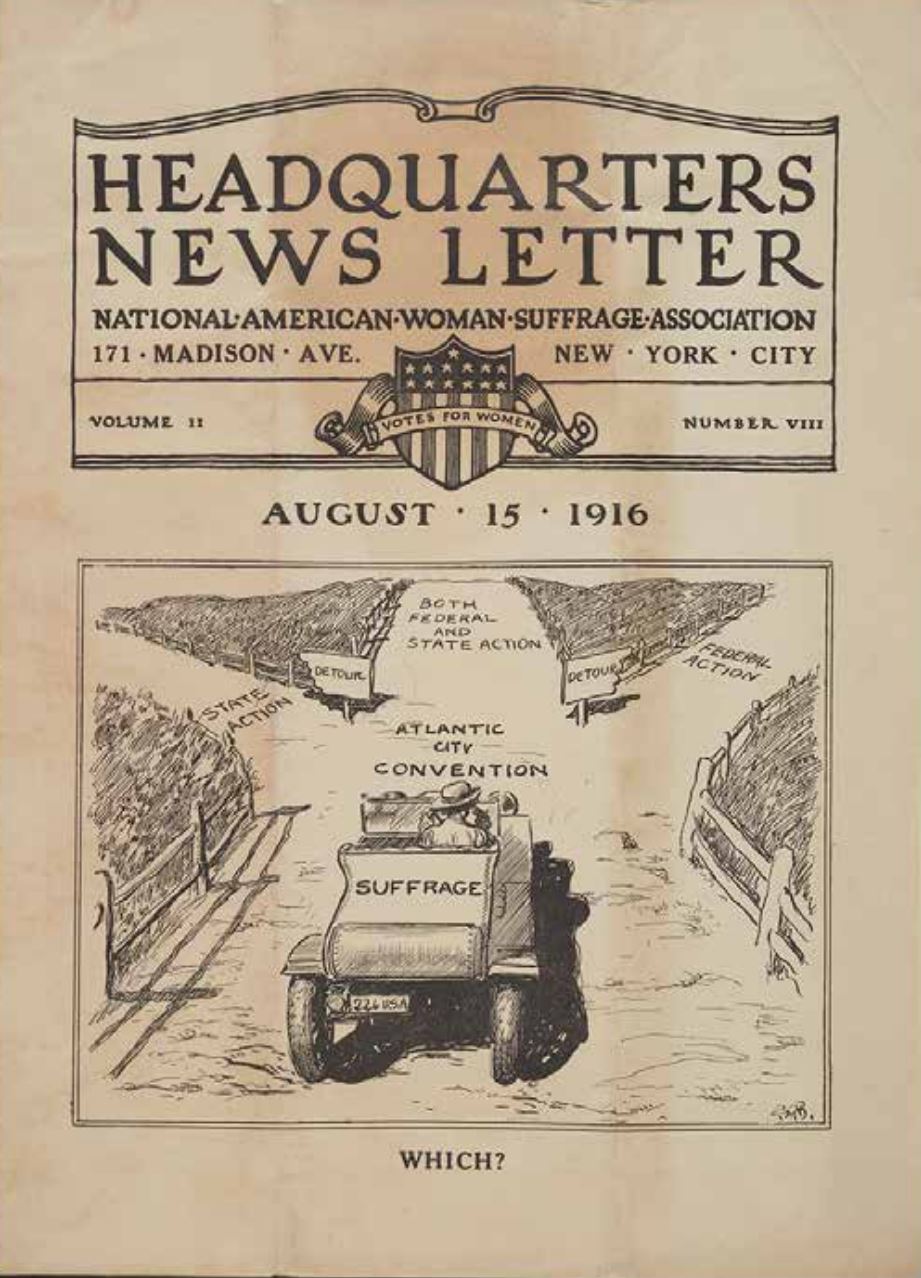Carrie Chapman Catt (1859 – 1947): Download the PDF
As President of the National American Woman Suffrage Association Carrie Chapman Catt guided the final stages of the campaign to secure ratification of the 19th Amendment. Later she founded the League of Woman Voters.
- Library of Congress
“We women demand an equal voice; we shall accept nothing less.”
- Carrie Chapman Catt
”Turning Point
As an adult Catt told of growing up on an Iowa farm. At the age of 13 she was surprised that her mother, knowledgeable about candidates and issues, did not change her clothes to vote on Election Day, because, she learned, as a woman, her mother could not vote! The incident left an indelible impression
- Library of Congress
Getting Noticed
Beginning her suffrage career in Iowa, she gained a reputation as a dynamic speaker. Lucy Stone remarked “Mrs. Chapman will be heard from yet in this movement.” In 1892 Susan B. Anthony tapped her to testify before Congress and selected her to lead the National American Woman Suffrage Association in 1900 when Anthony stepped down as President.
Carrie Chapman Catt and Alice Paul
Alice Paul organized theatrical suffrage events, picketed the White House, and was arrested several times. Catt thought that embarrassing President Wilson was counterproductive. Both approaches – confrontation and effective lobbying – probably contributed to ultimate success.
- Library of Congress
When NAWSA became the
LWV in February 1920, it
was created to assist twenty million newly enfranchised women to understand and fulfill their new
responsibilities as voters. Today the League continues to be one of the most important national citizen advocacy and educational organizations at the
national, state and local levels

This cartoon supports Catt’s “Winning Plan” to seek both federal and state action simultaneously, avoiding detours that concentrated on one approach only.
- Library of Congress
Carrie Lane Chapman Catt Carrie Lane became a teacher and superintendent of schools in Mason City, Iowa the first woman to hold that position. Her first husband, newspaper editor Leo Chapman, died of typhoid fever a year after their wedding. Later she married prosperous engineer George Catt who supported her suffragist activities.
The Winning Plan
Depressed at the deaths of her husband, several family members, and Susan B. Anthony, Catt traveled internationally, organizing suffrage clubs on three continents and serving as President of the International Woman Suffrage Alliance. Returning to America she became NAWSA President again in 1915 and proposed “The Winning Plan” to campaign simultaneously for a federal amendment and state-by-state suffrage victories, including partial suffrage if offered in some states. In the South, suffrage in primary elections was sought (with success in Texas in 1918).

Juniper Ledge in New York was the home of Carrie Chapman Catt at the time of passage of the 19th Amendment and founding of the League of Women Voters.
- Arnold Feist
Political Divide
Attempting to placate Southern women, who opposed a federal amendment, Catt wrote that black women would not make a difference even if allowed to vote. In 1917 she endorsed suffrage for all in the NAACP newsletter, “the struggle for woman suffrage is no white woman’s struggle, but every woman’s struggle.” Despite vicious attacks from segregationists, Catt opposed efforts to restrict the 19th Amendment to white women only and increasingly opposed racial discrimination in her later years
